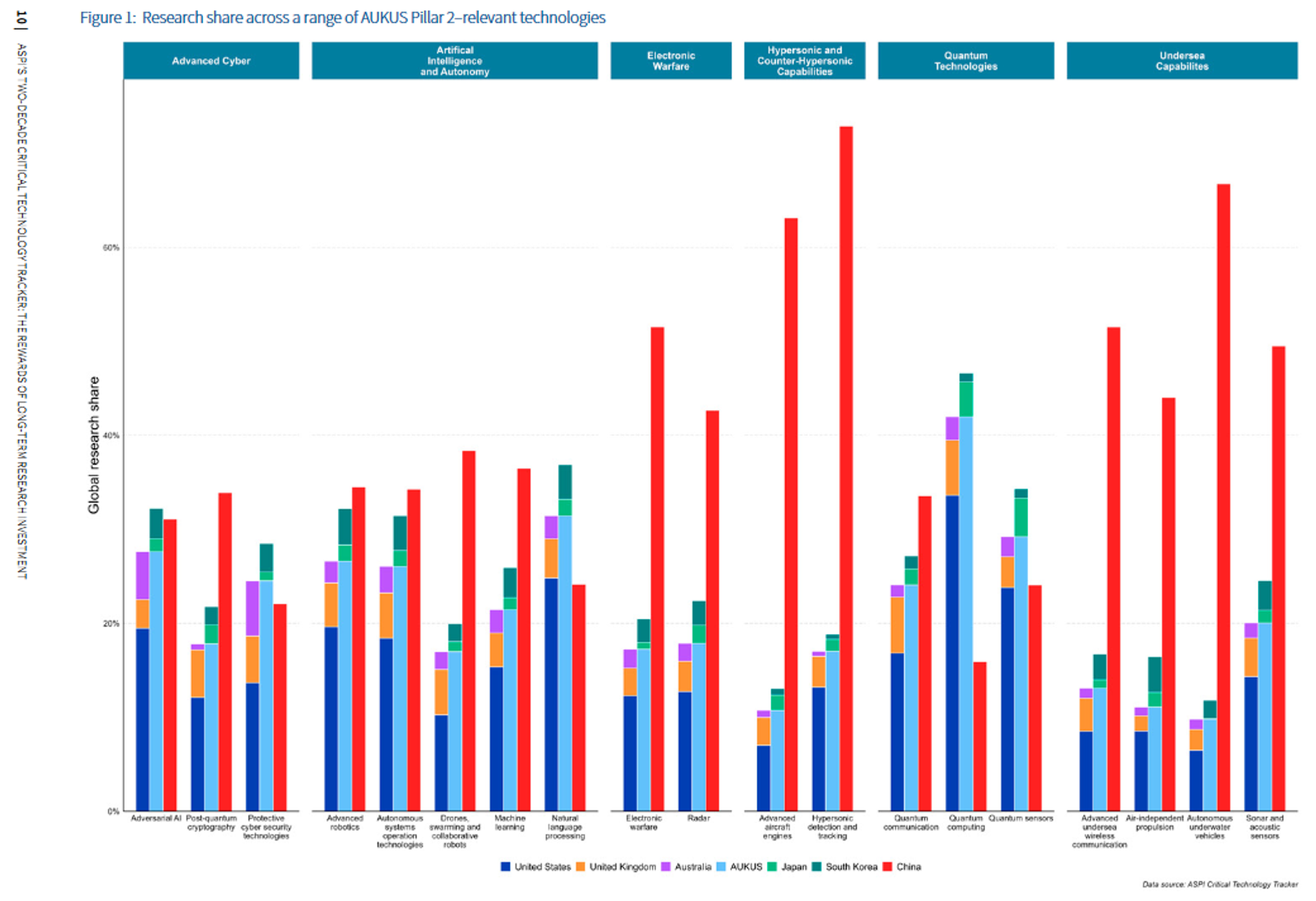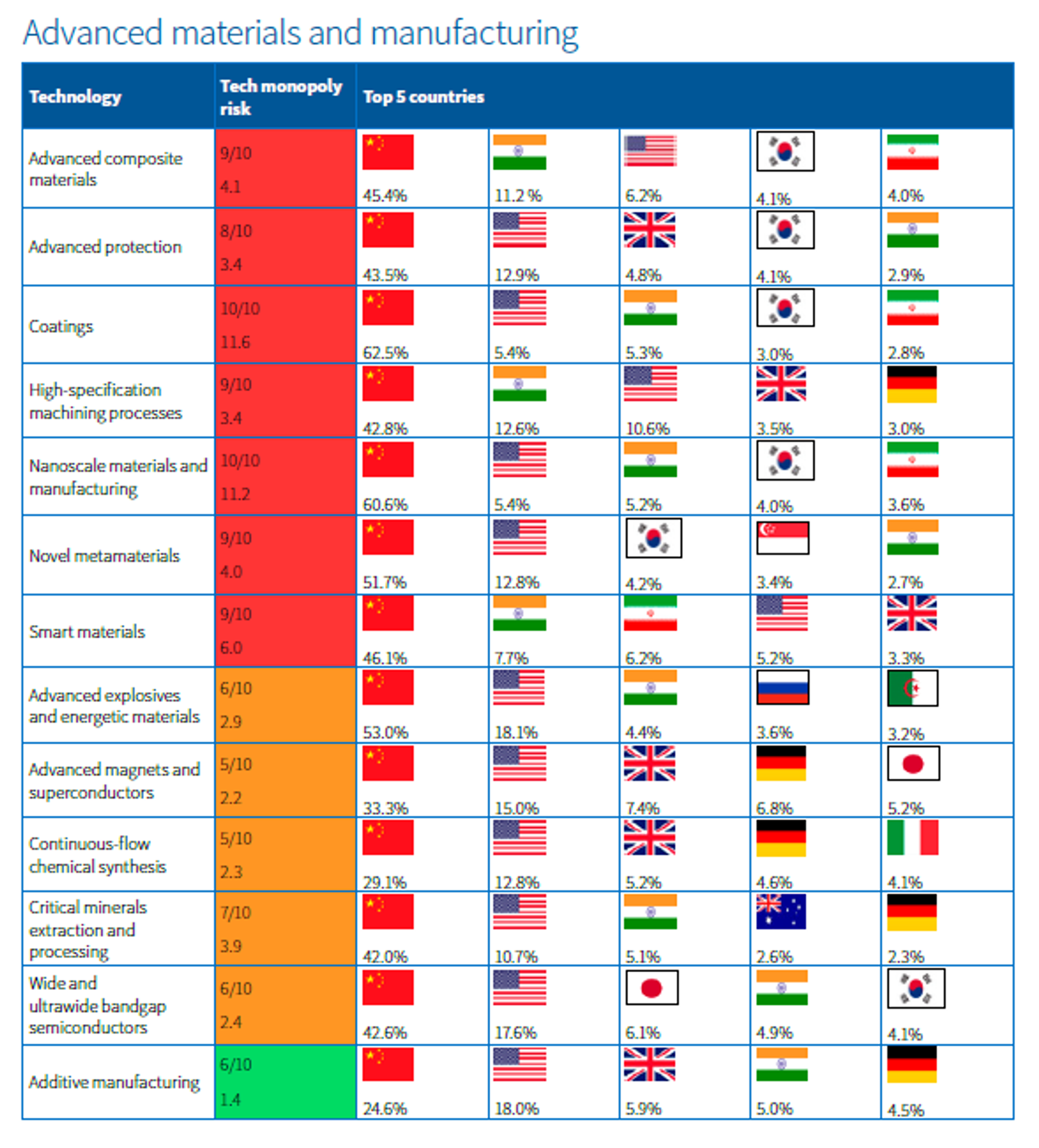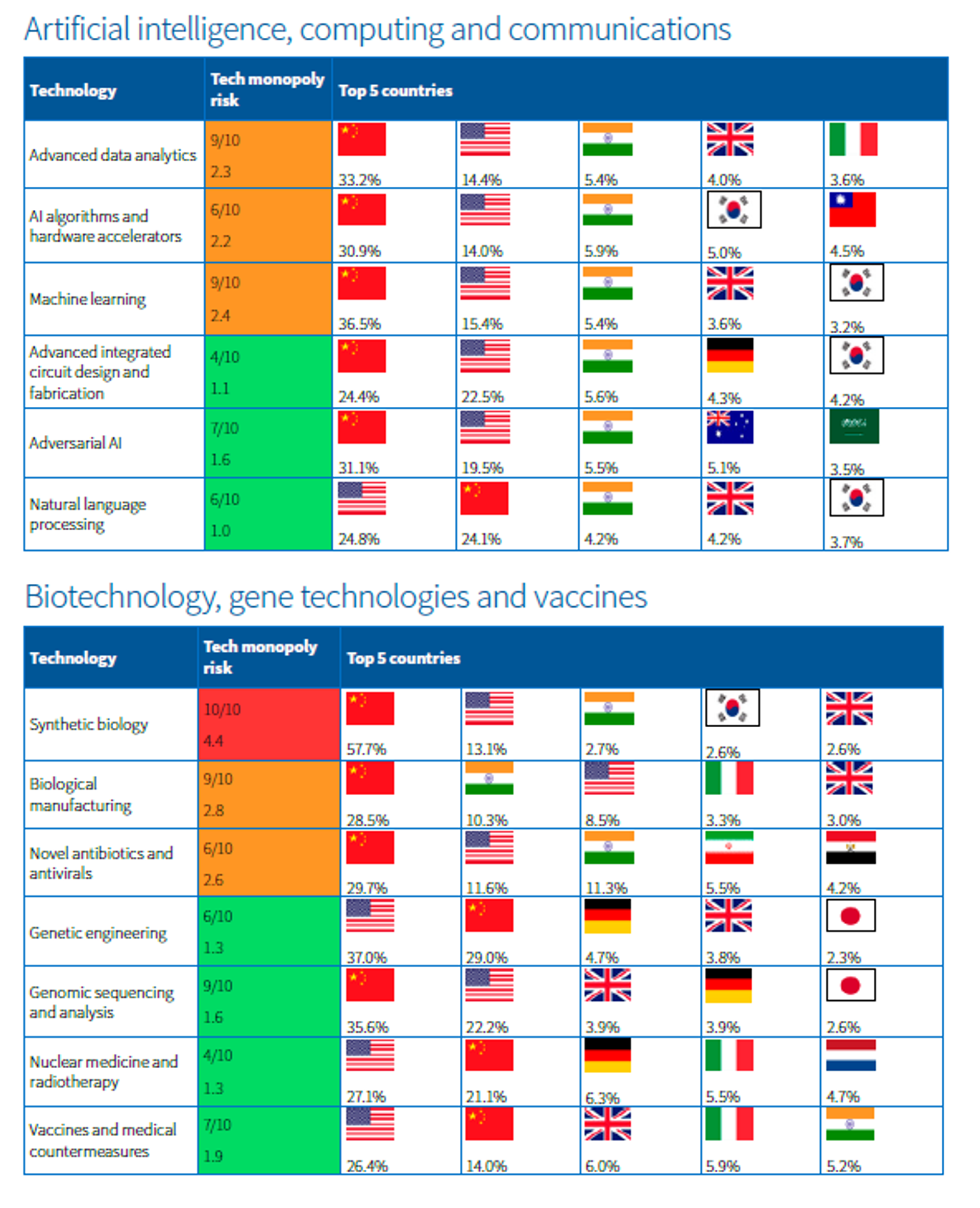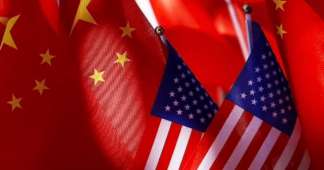China Has Edge Over US on Much More Than AI Models
Jan 28, 2025
The shock release of a new Chinese AI known as DeepSeek that’s cheaper, faster and open source sent shockwaves across Silicon Valley, wiping $1 trln off tech stocks and prompting pundits to dub the development a “Sputnik moment” for the US. But AI language models aren’t the only area where China is now comfortably in the lead.
A comprehensive, 20-year study released by the Australian Strategic Policy Institute in 2024 calculated that China dominates the US in 57 of 64 critical technologies, up from just three in 2007.
The US, which led in a whopping 60 sectors in 2007, now leads in just seven.
ASPI based its rankings on cumulative innovative and high-impact research published and patented by national universities, labs, companies and state agencies.

Where Does China Excel?
- advanced integrated circuit design and fabrication
- high-specification machining processes
- advanced aircraft engines
- drones, swarming and collaborative robots
- electric batteries
- photovoltaics
- advanced radiofrequency communication

© Photo : Screenshot / ASPI
Where is US Leading?
- natural language processing
- quantum computing
- genetic engineering
What’s China’s Secret?
ASPI credits President Xi Jinping’s ‘Made in China 2025’ plan for the infusion of “massive direct state funding for R&D in key technology,” saying strategic investments already underway were turned into a plan to achieve “technological supremacy.”
Besides research spending, Xi’s strategy has seen “large and complimentary investments…into industrial policy, upgrading supply chains and the manufacturing sector,” the think tank says.

Also read
AI going DeepSeek
Canada and Mexico hit back with retaliatory tariffs on US as Donald Trump risks trade war
China to challenge US tariffs at WTO amid Trump’s 10% tariff on Chinese goods
We remind our readers that publication of articles on our site does not mean that we agree with what is written. Our policy is to publish anything which we consider of interest, so as to assist our readers in forming their opinions. Sometimes we even publish articles with which we totally disagree, since we believe it is important for our readers to be informed on as wide a spectrum of views as possible.











